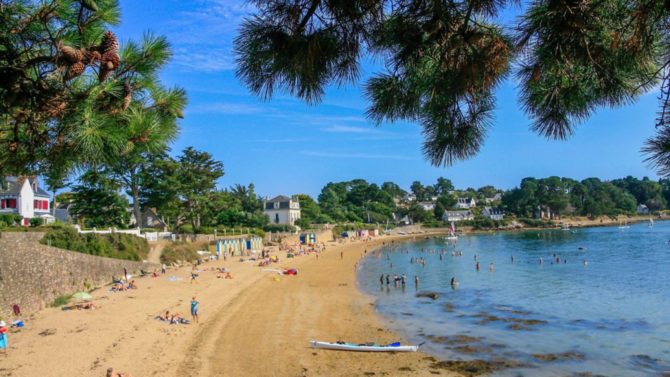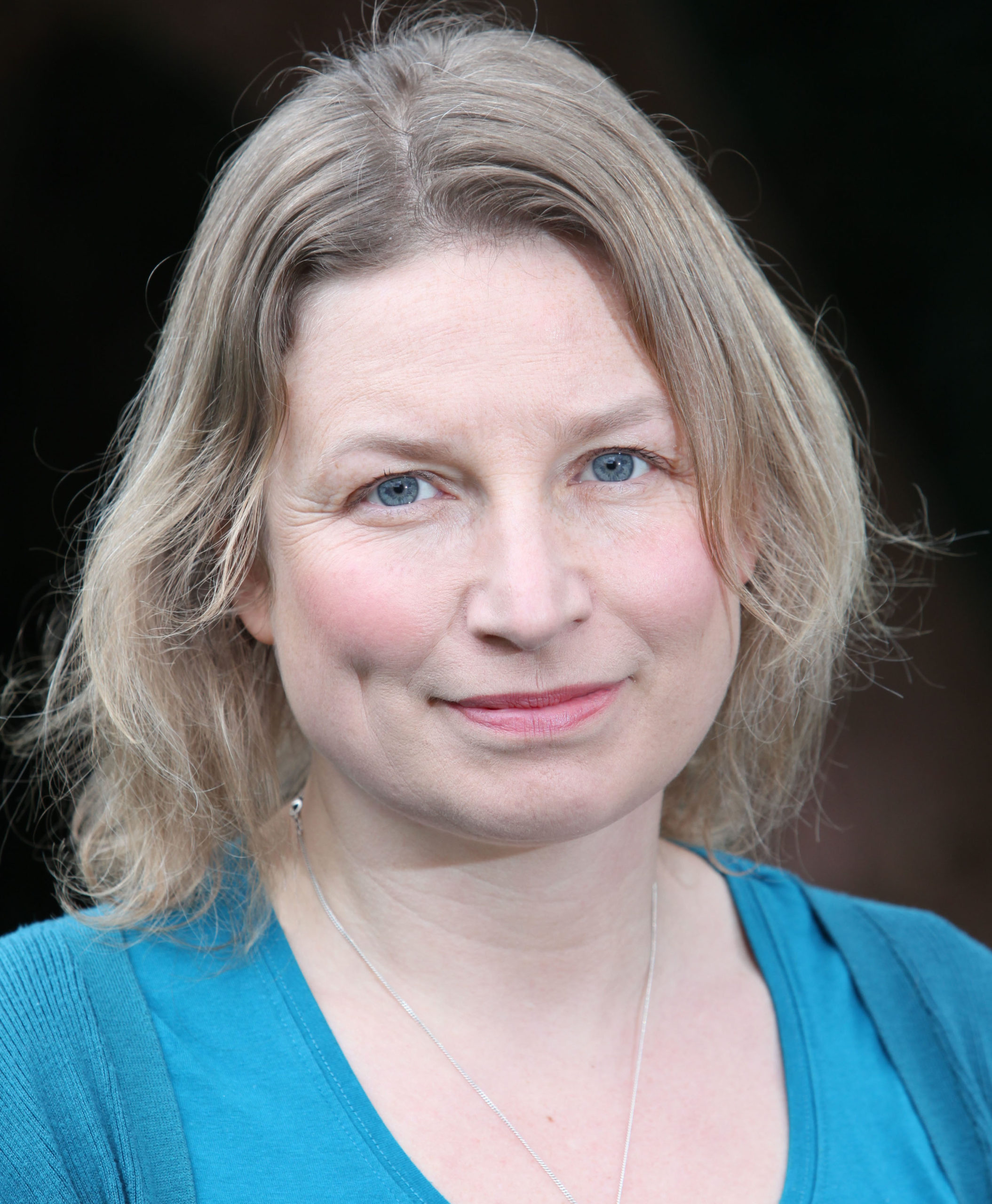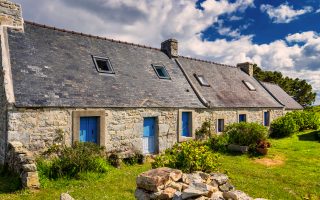Property guide: where are the sunniest places in France?


Think that France simply gets sunnier the further south you go? It’s not that simple, says Ruth Wood as she reveals the sunniest property locations in the north, south and heart of France

Yes, France is generally sunnier and warmer, the further south you go, with an average of 1,500 hours a year of sunshine in the north increasing to an average of 2,800 hours in the south. But within that, there is local and seasonal variation – and that can make all the difference when you’re property hunting. So, if sunshine and blue skies are your priority, here are the best places to look in northern, central and southern France.
Northern France
Soggy scenes are a common joke of postcards in Brittany and Normandy. But did you know that the Basque country all the way down on the south-west border actually gets more rainfall than the north and is surprisingly cloudy given its latitude? It’s true that the northern tip of the Cotentin peninsula and the department of Seine-Maritime in Normandy are among the least sunny places in France, as well as the Ardennes over on the Belgian border. Finistère’s ancient mountains, the Monts d’Arrées, have the greyest skies of all, with an average of just 1,400 hours of sunshine a year. But that’s still sunnier than the UK as a whole (1,372 hours) and only a little greyer than southern England.
Bognor Regis, Eastbourne and Hastings on England’s Sussex coast are the sunniest spots in the UK, enjoying a dazzling 1,800-1,900 hours of sunshine a year. Those destinations, however, are easily outshone by Morbihan and particularly the Gulf of Morbihan in southern Brittany. This ‘little sea’, as the department’s name means in Breton, is one of the sunniest areas of northern France, enjoying more than 2,000 hours of annual sunshine while still being less than two hours from a ferry port. Morbihan also enjoys warm summers, especially if you go a little inland, with typical highs of 25oC, a full five degrees above what you could expect on the south coast of England.
Of course, property prices right on the Gulf of Morbihan and Quiberon peninsula carry a mighty premium, as they do in sunny Loire-Atlantique and Vendée a little further down the Atlantic coast. But you can save a fortune by coming just 30 minutes to an hour inland. Consider places north and east of the beautiful ports of Vannes and Auray, around La Gacilly, Rochefort-en-Terre, Malestroit and Josselin.

The sunshine enjoyed in southern Morbihan is felt to a slightly lesser extent in a band that extends across France at more or less the same latitude, through Pays de la Loire (where the department of Maine-et-Loire is one of France’s driest regions), greater Paris, Centre Val de Loire, Burgundy and Grand Est.
The further south you go, the warmer and sunnier it tends to be, while the further you move away from the coast, the hotter the summers become and the colder the winters as the temperate oceanic climate loses its influence. Over in Alsace on the German border, you’d expect hot summers, harsh winters and heavy rainfall due to the semi-continental climate. However, the Alsatian plains are sheltered by the Vosges mountains, creating a microclimate in the city of Colmar and beautiful surrounding villages. The Haut-Rhin capital, famed for its flower-bedecked half-timbered architecture, is actually one of the driest places in France and basked in 2,284 hours of sunshine last year.
Central France
Charente Maritime has a dazzling reputation. Partly, it’s the iconic twin towers that guard the historic port of La Rochelle and the many surveys pinpointing the area as a great place to live. But mostly it’s because Charente-Maritime is one of the sunniest departments in France, enjoying cloudless skies rare at this latitude and more in line with places much further south.
Claims in some tourism brochures that the area is sunnier than the Cote d’Azur are somewhat exaggerated. But the department does bask in some 2,200 hours of sunshine a year, which is more than Dordogne or Lot-et-Garonne and considerably more than Pyrénées-Atlantiques 300km to the south. And you have only to look at the olive trees and mimosas happily growing in open ground to draw comparisons with the Mediterranean. La Rochelle and the holiday islands of Ré and Oléron just off the coast are at the epicentre of this benign microclimate, which also spreads inland to attractive towns popular with expats. The historic town of Surgères is on the high-speed trainline, while pretty St-Jean-D’Angély has a new thermal spa. You could also look in the Marais Poitevin around the town of Niort or head south to the Roman town of Saintes.

Both Charente-Maritime and neighbouring Charente (which is more affordable and less flat) have temperate climates with short winters. Rainfall, though more common by the sea than inland, tends to be short-lived.
Just a little further north in Vendée, the coastal resort of Sables d’Olonne is another particularly sunny spot as is the area around Royan and Mirambeau just to the south. Continuing south over the Gironde estuary, the department of the same name also enjoys a balmy 2,200 hours of sunshine a year, extending into the department of Landes. Property here, however, tends to be more expensive due to the proximity of Bordeaux and the Bay of Arcachon, a favourite destination among French holidaymakers and retirees.
As you move east into Dordogne, Lot, the Limousin and Auvergne, summers get increasingly hotter and winters colder and harsher. You also get more fog here – around 70-100 days a year compared with about 30 on the coast. In the Massif Central and the Alps, the temperature is more closely tied to altitude. In these mountainous areas, the skies tend to be clear in winter but can be cloudy in summer, with rainfall dependent on the direction of winds.
________________________________________________________
Don’t miss
The cheapest and most expensive departments of metropolitan France

Property dreams: 10 deluxe homes for sale in France
Brexiting Brits spent nearly €300m on the good life in France last year
________________________________________________________
Southern France
When the Nazis took control of the French Riviera, it came as a shock to the local sun-worshipping movie stars and yachting fraternity. “Pyjamas and shorts are now forbidded in public,” lamented American socialite Beatrice Cartwright in a letter to a friend. On a more cheerful note, she added: “The weather is divine.”
There’s a reason why homeowners on the Cote d’Azur can look on the bright side. It’s the Mediterranean sunshine, of course, all 2,800 hours of it or more. Last year, France’s sunniest department was Bouches-du-Rhone, which contains the coastal city of Marseille as well as the tourism hotspots (literally) of Cassis and Aix-en-Provence. Other years, the rankings have been topped by neighbouring Var, which includes glitzy St-Tropez and Fréjus, followed by Vaucluse, which contains the famous Luberon hills immortalised in Peter Mayle’s bestseller A Year in Provence.
The cachet of these areas is reflected in high property prices, but you can find better value on their northern fringes, such as around the turquoise Verdon gorges in Var or communities just outside the Luberon regional park.
Unsurprisingly, this is also the hottest region of France, with temperatures typically exceeding 30°C on around 40-50 days a year compared with less than 10 in northernmost France, especially in the south of the Rhône valley and inland Provence. Winters are short but can be surprisingly cold, especially inland.
Though spring and summer can be wet and stormy, Var, Bouches-du-Rhone and Vaucluse are also the driest departments in France, with very little rainfall in summer and winter. The upside is alfresco living and fabulous flora – hillsides covered in olive groves, villages swathed in tropical bougainvillea, the garrigue shrubland with its heady scents of wild lavender, thyme and rosemary. The downside is water restrictions and wild fires, such as those that forced the evacuation of 2,700 people near Marseille last summer.
Over on the south-west coast of France in Occitanie, it’s a similar story, yet everything is a little less extreme – including property prices. Hérault, Aude and Pyrénées-Orientales are the sunniest places in the south-west, enjoying 2,200-2,500 hours of annual sunshine, putting them on a par with Drome and Ardèche north of Provence. The Occitan Riviera is also a couple of degrees cooler than its eastern counterpart, with August highs of 27oC on the Hérault coast compared with 29oC on the Var coast.
The Mediterranean skies owe their clear blueness in part to the strong regional winds, most famously the Mistral of Provence and the Tramontane of Occitanie. The Mistral, which blows 100 days of the year, is a cold wind from the north that is funnelled down the Rhone valley between the Massif Central and the Alps, hitting speeds of up to 100km/h. Most houses are built with their back to the wind (facing south) and some places are more sheltered than others. A village on the leeside of a range of hills, for example, may be protected from the Mistral while a neighbouring village could bear the full brunt – something to bear in mind when property-hunting. Incidentally, the south-easternmost department of Alpes-Maritimes, including its capital Nice, is slightly cooler, cloudier and wetter than Var and Bouches-du-Rhone, but is also more protected from the Mistral, thanks to the buffering provided by the Alps. If the coast is too expensive, try the communes in the hills above Nice such as Grasse, Peymeinade, Speracèdes and Le-Bar-sur-Loup.
Similarly, over in Languedoc-Roussillon, the pretty Catalan town of Céret and nearby villages in the Tech Valley are somewhat protected from the chilly Tramontane by the foothills of the Pyrénées.
Wherever you buy a property in France, there’s a good chance it will be warmer and sunnier than where you live in the UK. The future is bright; so don’t forget your sunglasses!
You may also like:
Share to: Facebook Twitter LinkedIn Email


